How to Plant an Organic Vegetable Garden
Want to always have fresh veggies on hand, taste juicy tomatoes and save $600 annually on grocery bills?
We thought so! Get all that and more by planting an organic vegetable garden.
The veggies will be the best you’ve ever had, hands down. And, you’ll feel incredibly empowered by growing your own food. When you plant and harvest your own vegetables, you know your food.
You can be confident you’re feeding your family the absolute best. No worrying about the freshness of the produce, or any applied pesticides. Your veggie garden will be organic from start to finish.
And you’ll slash your grocery bills. The average family spends $70 to make a vegetable garden and grows an estimated $600 worth of vegetables, according to the National Gardening Association. Think about all you could do this summer with that extra money.
The first step to creating a veggie garden like that is deciding what to grow.
To save the most, grow veggies that are expensive at the store —tomatoes, salad greens, herbs and onions, etc. Plus, plant what you love to eat!
Next, strengthen your soil. Improving soil creates big, healthy roots, which absorb more nutrients and water. Before planting, ensure success by performing a quick soil test.
Then, make sure your soil is jam-packed with the nutrients your veggies need, so they will always have something to eat.
An organic fertilizer like Espoma Organic Garden-tone, provides vegetables with nutrients they need to grow big and strong. When fed with an organic plant food regularly, you’ll have a bigger veggie crop than you ever thought possible.
Created for professionals, Garden-tone also helps improve the soil as it feeds the veggies.
So, when preparing your vegetable bed, use 3.5 pounds of Espoma Garden-tone per 50 square feet. Then, pair with either compost or Espoma Organic Garden Soil. Mix both into the top 4-5” of soil.
Once your soil is ready, plant either cool-season or warm-season crops depending on what your weather is like.
We know this winter and spring have been cold for many regions. If a hard frost is still possible, plant cool-season crops like broccoli, salad greens and herbs. If the threat of frost is gone, feel free to plant warm-season crops too, such as peppers, tomatoes and beans. Get the lowdown on frost dates here.
Now here comes the fun part – planting.
Remove plants from their containers. Dig a hole as deep and an inch wider than the container they were growing in. To see how far apart to plant them, check the plant tag!
Arrange them in the hole and fill with soil. Remove any pesky air pockets by pressing down on the soil.
All that’s left to do now is lightly water them since vegetables need about 1” of water a week.
In 7-10 days, feed your new veggies another helping of Garden-tone.
What’s the best (or most memorable) vegetable you’ve ever grown? Comment below to share your story.
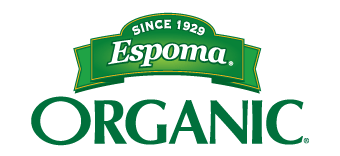
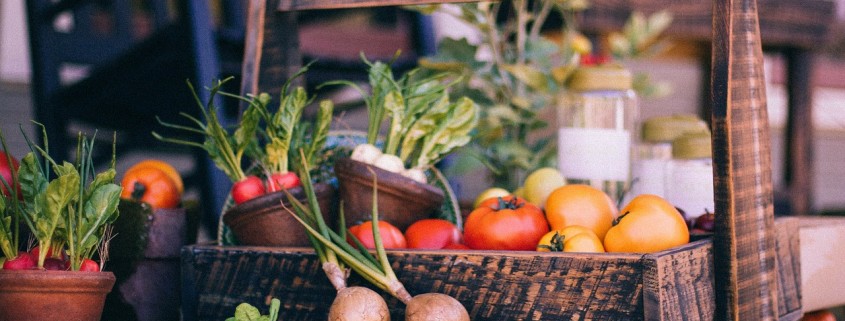
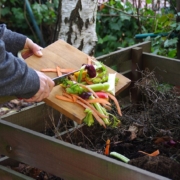
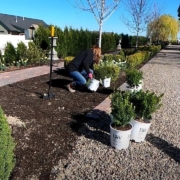

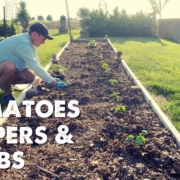

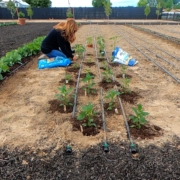
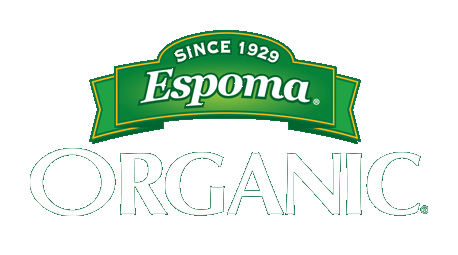
Trackbacks & Pingbacks
[…] While you sow, don’t forget to feed your soil. Use Espoma Organic’s Garden-Tone, it is perfectly formulated for your vegetable garden. […]
Comments are closed.